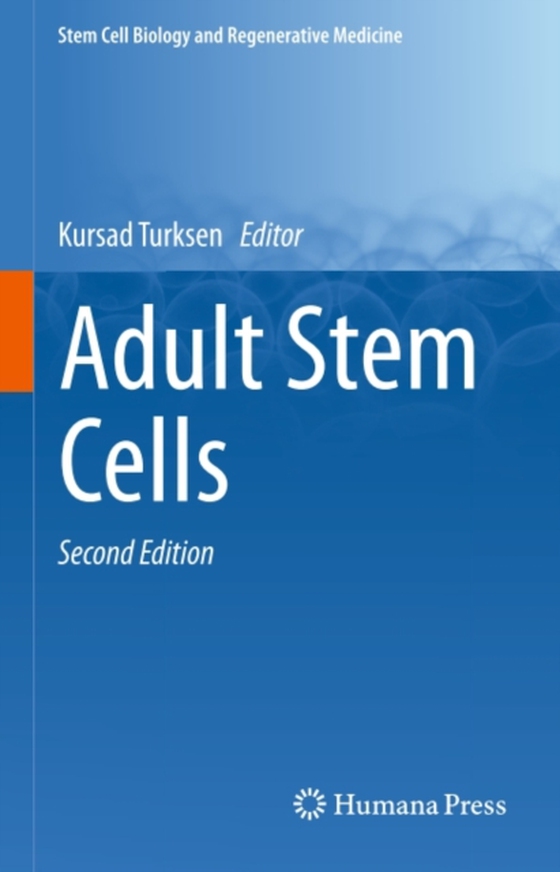
Adult Stem Cells e-bog
1240,73 DKK
(inkl. moms 1550,91 DKK)
Adult Stem Cells, second edition, takes a critical look at issues concerning the developmental or differentiation potential for a variety of tissue types and for specific adult stem cell types. Since the first edition appeared a decade ago, our understanding of adult stem cells, and more specifically tissue-specific adult stem cells, has advanced tremendously. And an increased interest in regen...
E-bog
1240,73 DKK
Forlag
Humana
Udgivet
16 april 2014
Genrer
Developmental biology
Sprog
English
Format
pdf
Beskyttelse
LCP
ISBN
9781461495697
Adult Stem Cells, second edition, takes a critical look at issues concerning the developmental or differentiation potential for a variety of tissue types and for specific adult stem cell types. Since the first edition appeared a decade ago, our understanding of adult stem cells, and more specifically tissue-specific adult stem cells, has advanced tremendously. And an increased interest in regenerative medicine and potential stem cell applications has driven a quest for better understanding of stem cell biology. In turn, this has spawned much activity on generation and utilization of more and better reagents to identify and isolate stem cells and stem cell-like subpopulations, and on assays elucidating their developmental or differentiation potential and functional integration with host tissues and organs. In this fully updated new edition, chapters cover topics ranging from signaling pathways maintaining stemness in hematopoietic cells to regeneration after injury and endocrine mechanisms underlying the stem cell theory of aging. Other chapters cover stem cells by organ or system including pituitary, cardiac, epithelial, teeth, lung, ovary, prostate, liver, and many more. Importantly, the authors of the chapters have not only summarized their successes, but have also summarized some of the difficulties that each particular field is still facing with respect to maximizing the utility of stem cells in clinical settings. Collectively, they impart both the excitement and challenges facing stem cell utilization for repair and regeneration making this book essential reading for those involved in stem cell research as well as those involved in clinical assays.
 Dansk
Dansk

